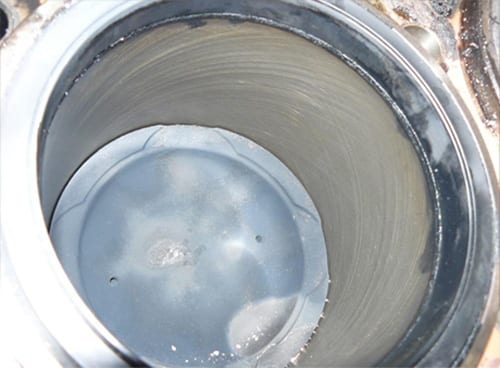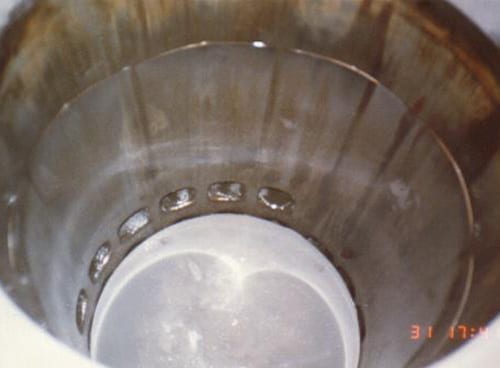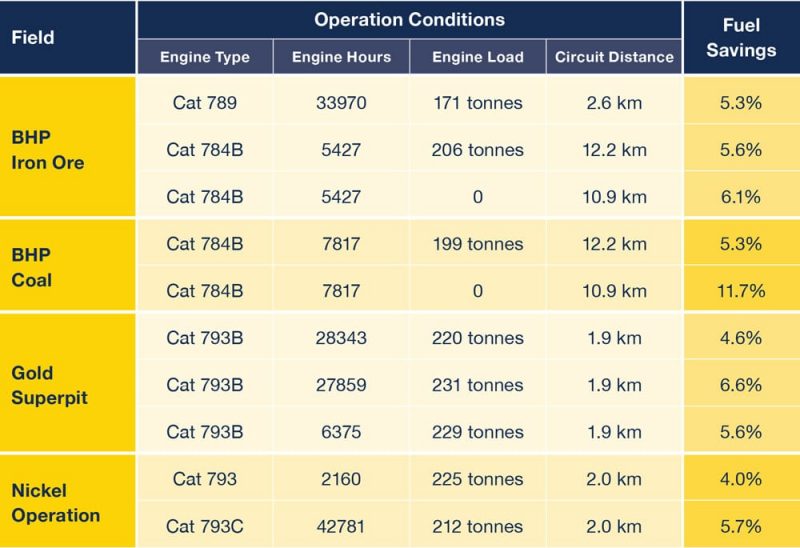What is FTC Decarbonizer?
FTC Decarbonizer is a combustion enhancer that readily disperses fuel to play a catalytic role during the combustion process.
- As scientifically accepted, some elements act as catalysts and help promote combustion. FTC Decarbonizer contains Ferrous Picrate, which produces Fe++ions, which are proven to be one of the most effective for combustion.
- FTC Decarbonizer is a true ‘Combustion Catalyst’ in liquid form
- Treatment Ratio from 1:1600 to 1:10,000
- No change to fuel specifications ensuring acceptance by OEM’s
What does FTC Decarbonizer do?
FPC/FTC Decarbonizer is proven to cut your fuel costs and carbon emissions, while reducing maintenance costs:
- Reduces fuel consumption and carbon emissions
- Eliminates hard carbon from combustion and exhaust spaces. Avoids turbocharger and DPF failures.
- Cleaner longer lasting oil—assists extended oil drain intervals and lowers wear metals
- Reduces exhaust smoke (DPM)
- Full biocide—kills diesel bug
* Government approved test results available on request (DT80 Test)
How does FTC Decarbonizer work?
Pre-combustion phase:
FPC/FTC Decarbonizer treated fuel delivers a cleaner fuel burn, by propagating sites
throughout the air/fuel mixture initiating multiple flame fronts, as illustrated:
<Pre-combustion graphic>
Combustion phase:
FPC/FTC Decarbonizer actively burns away all carbon from the combustion area and deglazes cylinders. Removes carbon from pistons, exhaust valves, turbos and diesel particulate filters.
<Combustion graphic>
Soot Emission Comparison
Visually, the soot reduction can be seen in Transmission Electron Microscopy (TEM) analysis of soot samples presented below.
<IMAGE>
Exhaust sample from an engine not using FPC/FTC
Visible engine emissions
<IMAGE>
FPC/FTC treated 1:10,000 ratio
A visible reduction in diesel smoke was recorded.
FTC treatment resulted in a reduction in both the number and size of soot particles.
On site setups and systems
CEM can supply dosing systems to suit your individual requirements.
- Metering pump when fuel delivered
- Metering pump when fuel transferred from bulk tanks to day tanks
- Semi automatic, fuel quantity to be treated entered into key pad
- Manually treat individually vehicles
<IMAGE>
Automated dosing systems
Summary of what your operation can expect
- Fuel savings of up to 8%
- Reduced diesel particulate matter (smoke) up to 39%
- Reduced maintenance caused by carbon fouling (eg. Eliminate DPF, EGR and Turbo failures)
- Reduced oil consumption
- Increased performance
- Effective biocide—kills bacteria and fungus growth in fuel
FTC Decarbonizer has been independently tested
Click here to view results.
FTC Independently tested results click here
Download the full version of this report
Why introduce FPC/FTC Decarbonizer to your fleet?
FPC/FTC Decarbonizer produces a more complete combustion, which provides significant maintenance savings, such as:
- Avoiding DPF, EGR and turbo failures
- Reduced blowby and oil consumption
- Avoiding fuel storage tank contamination
- Elimination of cylinder glazing
- Reduced oil contamination, soot, wear metals etc.
- Reduced harmful emissions

MTU
23,000 hrs.
Whole life FPC/FTC treated. Scheduled pull down. No faults to act on. Pistons and liners reused.

Detroit 149
12,000 hrs treated fuel.
Note extremely clean ports.
Typical Fuel efficiencies provided by FPC/FTC treatment of fuel
Efficiency improvements vary with engine condition and application:
- New or reconditioned engines variable loads 3% – 5%
- New or reconditioned engines full load 2% – 3%
- Used engines variable loads 3% – 8%
- Used engines full load 3% – 5%
Sample Field Testing Efficiency Mobile Equipment


